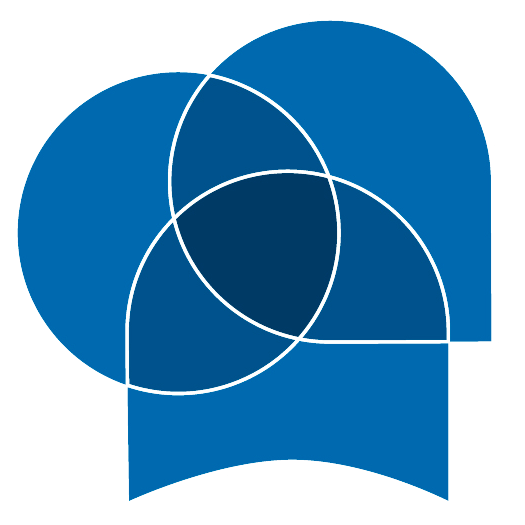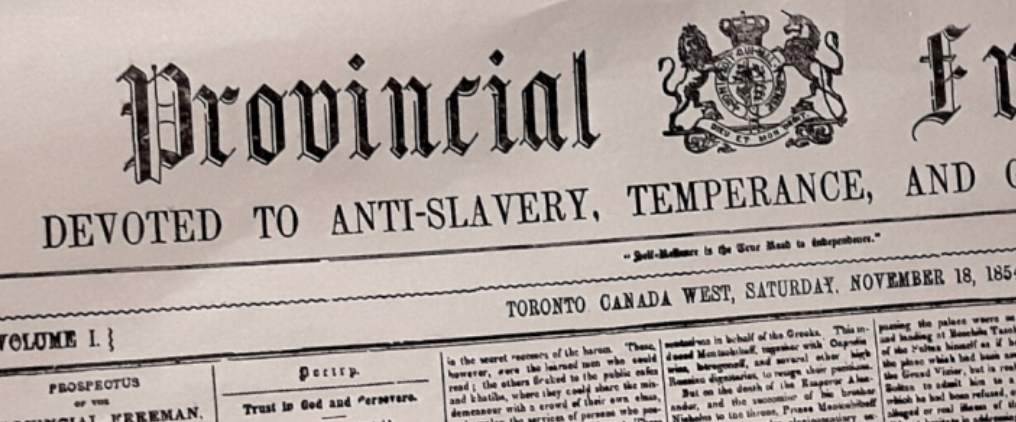The following case study recording is from the ‘Innovating with Collections Online’ cohort member Tamara Williams, Program Development Officer, Toronto History Museums.
Throughout the programme, Tamara’s goal was to come up with a digital archival process for the Awakenings programme. This was done by researching current practices and creating a plan to present to the Toronto History Museums team.
Transcript
So my name is Tamara Williams and I work for the City of Toronto with Museums and Heritage services. And at this point in time, I’m a program development officer.
So our project goal that we created, was to come up with a digital archival process for the Awakenings program specifically, that I’m currently working with. So I did research on our current practices to see what was in place already, where there was room for improvement, and then rolled out a plan that we could possibly move forward.
Really it was the research phase of finding out who does what, and our actual processes in place for digital archives. It’s something new to everyone, so I don’t think it’s fully been formalized as a process. So there was that, and it was, like, the who does what and whatever, and I think some people felt kind of, like, “Oh, yeah, no, we have a process,” but, you know, so everyone’s doing something kind of different. So it’s really, it was deciding what would work best for us at the end of the day based on the feedback I was getting.
I think I wrote, when it came down to, like, the whole mentorship thing, doing the programming and having the full-time work, and then doing this as well as, kind of, additional stuff was a bit challenging, but it looks like I managed to get through it. So it worked out.
So my main takeaways would be that digital collections are important, working in programming and working through everything like we do, soundscapes, and we’ve, we do a lot of digital assets, and archiving is important for them. It’s also important in terms of how we engage with the public that comes into our spaces. Some of the seminars you guys had, I kind of learned a lot about sound and how sound is important when doing a tour or, like, any of our activations, because it does get through to people a bit differently than just having text and, like, visuals on er, like, on a wall or screen or whatnot. So sound is an important part of digital archiving or digitals collection. And then just, yeah, different ways to create programming and tours, and making them more engaging through sound and, like, video and AR and whatnot. So, yeah.
And hoping that we could, hopefully, use some of the tools that were presented as well. But I’ve wrote it all down – I have it there for future, but they were actually really insightful, to see what the other people are using, and we’re trying to be trendsetters and think ahead. So it was really helpful.
So the next steps are just confirming the plan that I created and then sending it to our Senior Management, so they can say yeah, this is good, or no. Like we need buy-in basically, right? So buy-in from Senior Management, our marketing team, and whatnot, so that we can start having everything centralized for people to be able to find and possibly use in the future.
For sure it’ll have impact, we’re gonna be able to have reference, like, easily referenced, and be able to find our different things that we’ve used. So for instance, we did, like, a water soundscape during our event, like, the Burn or whatever, if we need to use the water soundscape again for anything else, we can always go back into our library and it’s actually a part of our collection.
So it’ll be, yeah, easy to find and centralized for everyone. So if I’m not here, someone else should be able to find it, right?
In the clip, Tamara Williams breaks down the project:
- Goal
- Activities
- Challenges
- Learnings
- Next Steps
- Impact of work on future projects


